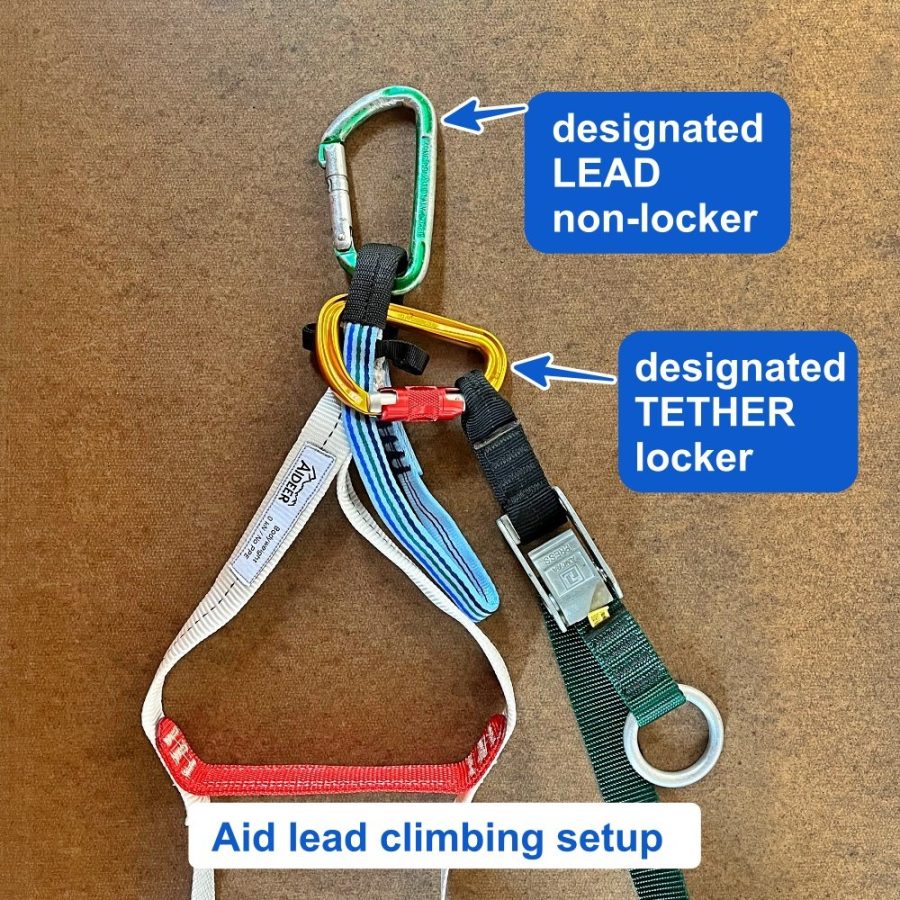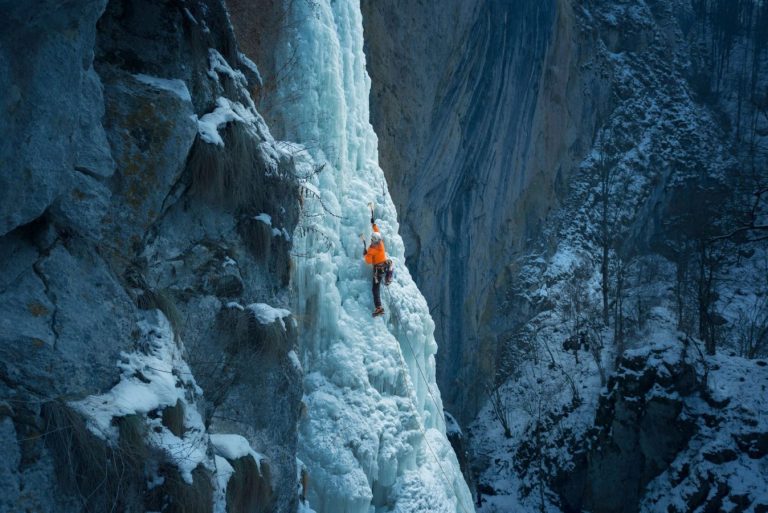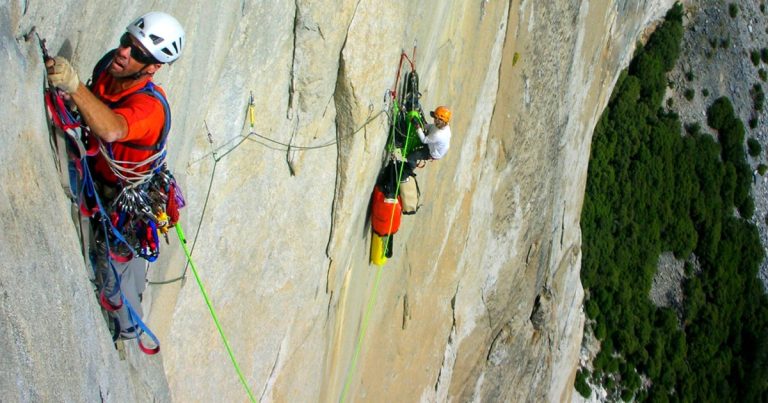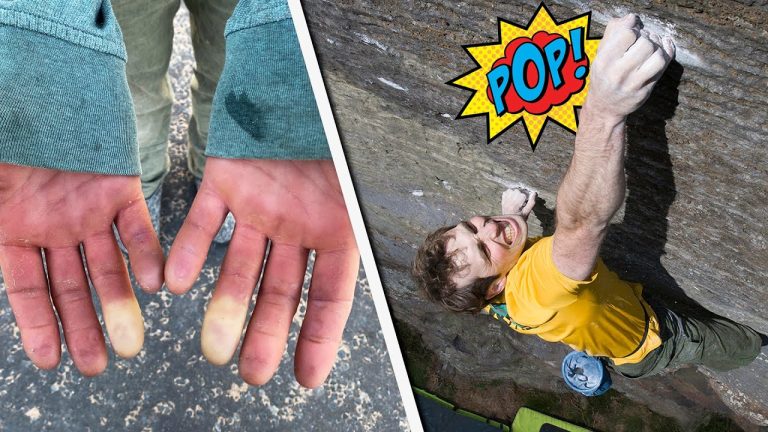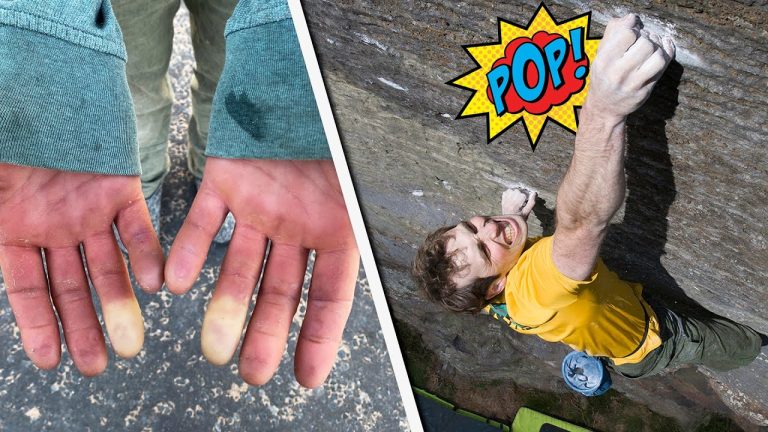Aid Climbing Safety: Tips to Climb with Confidence
Aid climbing is an exciting and challenging form of climbing that requires careful planning, preparation, and execution. It involves using specialized equipment, including ropes, harnesses, and climbing aids, to ascend vertical or overhanging routes that cannot be climbed by free climbing alone. While aid climbing is exhilarating, it can also be dangerous, especially if proper safety measures are not followed. In this article, we will discuss some essential tips to aid climbing safety and help you climb with confidence.
1. Understand the Basics of Aid Climbing
Before attempting aid climbing, it is crucial to understand the basics of the sport. This includes learning about the equipment and techniques used in aid climbing, such as jumaring, hauling, and the placement of protection. Understanding the fundamentals will help you climb with more confidence and reduce the risk of accidents.
2. Use High-Quality Gear
Using high-quality aid climbing gear is crucial to ensure your safety while climbing. This includes harnesses, ropes, carabiners, ascenders, and other climbing aids. When buying gear, make sure it meets industry standards and is in good condition. Inspect your equipment regularly for signs of wear and tear, and replace it as necessary.
3. Practice Good Rope Management
Rope management is an essential part of aid climbing safety. Ensure you know how to tie knots correctly and use them appropriately. Keep the rope organized and tangle-free to prevent tripping or entanglement. Always use a belay device to protect yourself and your partner while climbing.
4. Understand the Risk of Falling
Falling is a significant risk in aid climbing, so it is essential to understand the danger and how to minimize the risk. Always use proper protection when climbing, such as cams, nuts, or bolts, and ensure they are placed correctly. Climb slowly and deliberately, and always maintain three points of contact with the rock.
5. Know Your Limits
Aid climbing can be physically and mentally challenging, so it is essential to know your limits. Start with easier routes and gradually work your way up to more challenging climbs as your skills and confidence improve. Always climb with a partner, and communicate clearly to ensure you are both on the same page.
6. Stay Focused and Alert
Aid climbing requires concentration and focus, so it is essential to stay alert and aware of your surroundings. Avoid distractions, such as music or talking on your phone, while climbing. Stay hydrated and well-rested, and take breaks as necessary to avoid fatigue.
7. Prepare for Emergencies
Despite your best efforts, accidents can still happen while aid climbing. Be prepared for emergencies by carrying a first-aid kit, emergency shelter, and communication device, such as a whistle or cell phone. Ensure you know how to use these items and have a plan in case of an emergency.
8. Practice Good Environmental Stewardship
Aid climbing can have a significant impact on the environment, so it is essential to practice good environmental stewardship. Avoid damaging the rock or vegetation while climbing, and always pack out your trash. Follow local regulations and guidelines to help preserve the natural beauty of the area.
In conclusion, aid climbing can be an exhilarating and rewarding experience if proper safety measures are followed. Understanding the basics of aid climbing, using high-quality gear, practicing good rope management, understanding the risk of falling, knowing your limits, staying focused and alert, preparing for emergencies, and practicing good environmental stewardship are all crucial to climbing with confidence and reducing the risk of accidents.
FAQ’s
- Can I use regular climbing gear for aid climbing? No, aid climbing requires specialized gear such as aiders, daisy chains, and ascenders. These pieces of equipment are designed to help you ascend vertical or overhanging routes and cannot be replaced with regular climbing gear.
- What are some common types of protection used in aid climbing? Some common types of protection used in aid climbing include cams, nuts, bolts, and pitons. These pieces of equipment are used to secure the rope and protect the climber in case of a fall.
- How do I know if I am ready to attempt an aid climbing route? You should only attempt an aid climbing route if you have the necessary skills and experience. Start with easier routes and gradually work your way up to more challenging climbs. Consider taking a course or hiring a guide to improve your skills.
- What should I do if I encounter bad weather while aid climbing? If you encounter bad weather while aid climbing, it is best to descend and seek shelter until the weather improves. Climbing in bad weather increases the risk of accidents and can be extremely dangerous.
- How can I improve my endurance for aid climbing? Endurance is crucial for aid climbing, as climbs can take hours or even days to complete. To improve your endurance, consider cross-training with activities such as running, cycling, or weightlifting. Additionally, practicing aid climbing techniques regularly can help you build strength and stamina.
